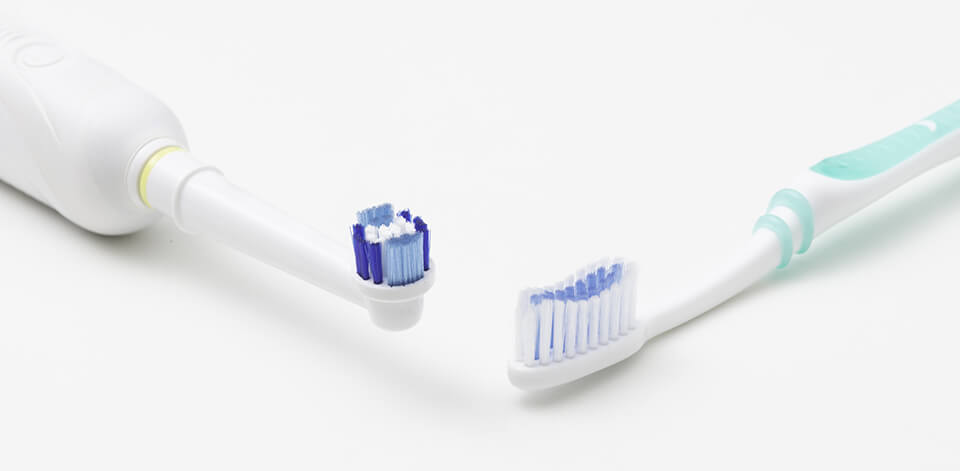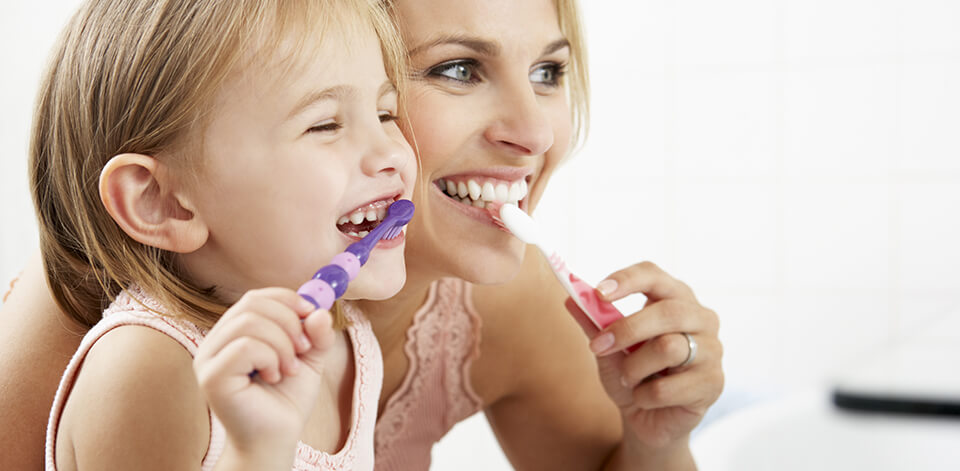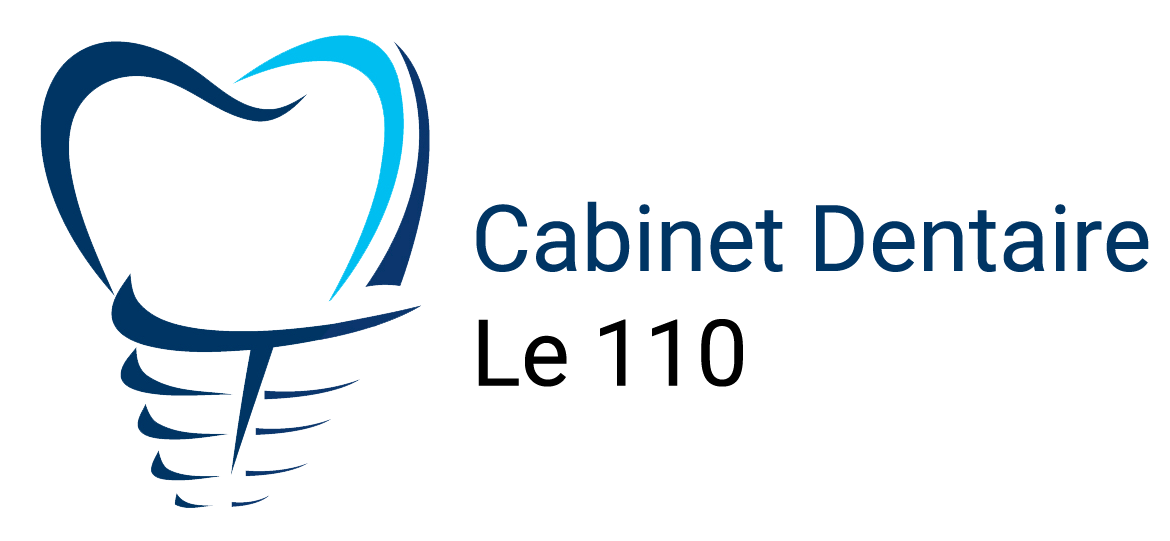Menu
Menu
Dear Sir or Madam,
A toothbrush is the most important tool used every day to maintain optimal oral health. So it's no wonder you want to choose the best one. But when you walk into a shop, you may be confronted with an overwhelming number of toothbrushes!
Choosing the right one may seem like a difficult task. It is important to keep in mind that the toothbrush performs three essential functions: (1) removing plaque (an invisible film of bacteria) and food debris from the teeth; (2) minimising tartar formation; and (3) stimulating gum tissue and preventing or reducing inflammation (gingivitis).
Most dentists recommend a "soft" toothbrush. This should be your starting point. Although it may seem that hard bristles would provide better cleaning, they can create other problems, such as gum retraction (gum recession). This condition exposes the roots of the teeth to abrasion and erosion, resulting in gum sensitivity to touch, heat and/or cold and acidic foods. In contrast, a soft or intermediate brush can remove plaque without damaging the teeth or irritating the gums.
Rounded bristles are more suitable for the gums. According to a 2016 study, non-rounded bristles resulted in a 30% increase in gum recession. The length of the bristles can also affect the effectiveness of a toothbrush. Many toothbrushes have multi-level or angled bristles for cleaning between the teeth and at the gums, and most toothbrushes have longer bristles at one end to clean the back of the teeth effectively.
It is important to choose a toothbrush that fits your mouth. Some people find a sloping neck and a tapered head useful. If the bristles are too long, it will be difficult to reach the back of the teeth; if it is too short, you may have to work harder to clean all the tooth surfaces. Wider handles can be useful for those who lack manual dexterity, such as young children and people with arthritis. In short, choose a comfortable, easy-to-use toothbrush.

Electric and manual brushes work equally well. An electric toothbrush is recommended for those who have limited manual dexterity, who cannot brush effectively with a manual toothbrush or who do not brush long enough. You should use the same criteria to evaluate the toothbrush, whether it is electric or manual. Whichever type of brush you choose, the important thing is to brush twice a day, using only a pea-sized amount of fluoride toothpaste for anyone over the age of 3, and the size of a grain of rice for infants.
When it comes to oral health, the toothbrush is only as good as the hand that uses it. Good brushing technique, combined with a consistent brushing habit, is essential to maintaining good oral hygiene.
If your gums bleed, your toothbrush may be too hard, you may be brushing too hard, or you may have gum disease (see your dentist: periodontal disease). Even a soft toothbrush can cause damage if you brush too hard or too frequently. Gentle brushing with a soft or intermediate brush will adequately remove debris and plaque. There is no better way to brush your teeth. However, you should not scrub your teeth vigorously, even with a soft brush. Instead, shake the brush in a tight circular or oval motion slightly angled towards the gums and brush for at least two minutes. As long as your method removes plaque and does not cause damage, it is acceptable. You can check the effectiveness of plaque removal by chewing an over-the-counter plaque-revealing tablet to reveal any remaining plaque (available from pharmacies).
Toothbrushes don't last forever. When the bristles become misshapen, frayed and splayed, it is time to replace them, usually within a month.

In summary, a good toothbrush is one that effectively removes plaque and food debris without damaging the gums or teeth. For most people, the safest choice is a soft or intermediate toothbrush with rounded bristle tips. But if you have a hard toothbrush, don't rush to throw it away - you can still use it to clean your bathroom tiles. Just make sure you don't put it in your mouth.
